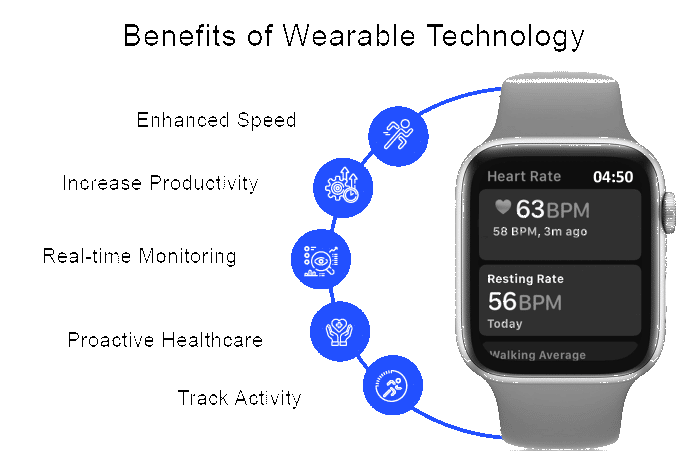
Wearable Tech: Benefits & Limitations
- 0
In today’s fast-paced world, technology has become an integral part of our daily lives. From smartphones to smartwatches, we rely on these devices to help us stay connected, organized, and fit. One of the most popular trends in technology is the rise of wearable tech. These are devices that can be worn on the body, like fitness trackers, smart glasses, and smart clothing. While wearable tech offers many benefits, it also comes with some limitations. In this article, we will explore the pros and cons of wearable tech.
Benefits of Wearable Tech
1. Health & Fitness Tracking
One of the biggest advantages of wearable tech is its ability to track our health and fitness metrics. Fitness trackers can monitor our heart rate, steps taken, calories burned, and even sleep patterns. This data can help us stay motivated to exercise regularly and make healthier choices.
2. Convenience
Wearable tech offers unparalleled convenience. With a smartwatch, for example, you can receive notifications, make calls, and even pay for purchases without having to take out your phone. This can save time and make everyday tasks easier.
3. Improved Productivity
Wearable tech can also help us be more productive. Smart glasses, for instance, can display important information right in front of our eyes, making it easier to multitask and stay focused on our work.
Limitations of Wearable Tech
1. Privacy Concerns
One of the biggest concerns with wearable tech is privacy. These devices collect a lot of personal data, like our location, activity levels, and even biometric information. This data can be vulnerable to hacking or misuse, raising questions about who has access to our information and how it is being used.
2. Limited Battery Life
Another limitation of wearable tech is its battery life. Many devices need to be charged daily or even more frequently, which can be inconvenient, especially when we rely on them for tracking our health and fitness goals.
3. Limited Functionality
While wearable tech offers many features, it still has limitations when compared to other devices like smartphones or laptops. For example, smartwatches may have smaller screens and fewer apps available, which can limit their functionality for certain tasks.
Conclusion
Wearable tech has become increasingly popular for its convenience, health tracking, and productivity benefits. However, it also comes with limitations like privacy concerns, limited battery life, and restricted functionality. As technology continues to evolve, it’s important to consider both the pros and cons of wearable tech to make informed decisions about incorporating these devices into our daily lives.
Overall, wearable tech has the potential to enhance our lives in many ways, but it’s essential to be mindful of the trade-offs and risks that come with using these devices. By understanding the benefits and limitations of wearable tech, we can make the most of these innovative technologies while also protecting our privacy and well-being.
References:
1. “The Pros and Cons of Wearable Tech” by TechRadar
2. “Privacy Concerns with Wearable Technology” by Forbes
3. “Battery Life and Functionality of Wearable Devices” by CNET

